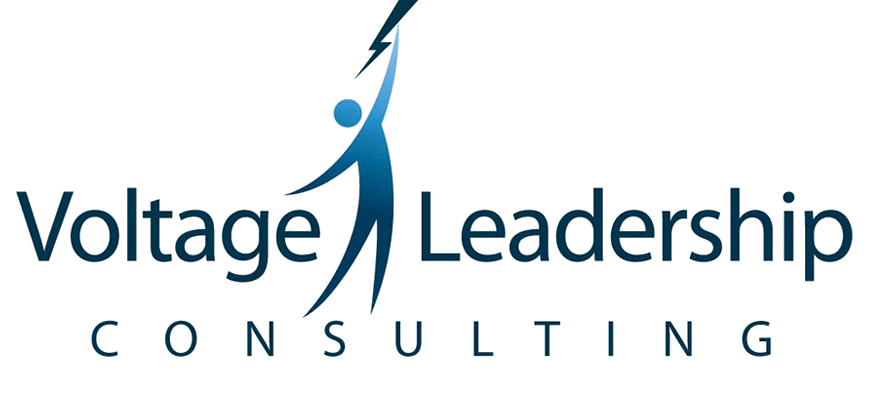FEEDBACK IS A GIFT! IT IS JUST NOT EASILY RECEIVED!!!
In the last blog post we talked about delivering feedback. Delivering is full of stress—worrying about getting your words right and striking a balance between directness and compassion. Now, it is time to address being on the receiving end. Many people say that delivering a speech is the most nerve racking thing they do in their professional lives. I think a close second place is receiving feedback. We often feel like we are going to the principal’s office and we are in trouble. However, the top performers I work with have been able to overcome this fear and embrace receiving feedback. How do they do this? Practice, practice and more practice!
First, understand the intent of the feedback.
Generally speaking, people are giving you feedback for one of three purposes:
1. Appreciation: Yes, we did a great job. We may blush and get flustered during this but it is a good feeling overall!
2. Coaching: The other person has seen something that we are doing and they either want to reinforce a behavior we are doing well or they want to offer feedback on ways to improve.
3. Evaluation: This feedback is an assessment of our performance and how we stack up against a standard.
One tip: when someone asks to give you feedback, ask them what type of feedback they are providing. This will help you to know how best to listen and what ways you want to clarify the feedback you received.
One of the traps that I see people fall into when they receive feedback is that they believe it is the truth. You are receiving feedback and it is a gift, but that does not mean it is the truth. This is another person’s perspective and it is valuable to listen, clarify and understand the intent of the feedback provider.
The next step is to take a deep breath, thank the other person for their feedback and recap what you heard to make sure what you heard and what was said match.
After this, you decide what you want the next step to be. I personally get defensive when I first get feedback and try to explain my point of view. On my best days, I take the breath, thank them and recap their feedback before seeking clarity. On my normal days, I start my comebacks and rationalizations about 30 seconds into the feedback. However, with practice I have learned to breathe and know that the feedback will make me stronger. The strategy that works best for me is to process overnight and so I ask if we can discuss the feedback again in a day or two.
I find that taking the time to really hear the feedback and then come up with an action plan later has allowed me to be more present when receiving the feedback.
One final thought is that you do not have to do anything with the feedback you receive. There have been times that I have been given feedback and I just saw the situation differently than the other person. I still thank them for the feedback and appreciate their taking the time to give me feedback. However, I sometimes choose to hear the feedback and still continue the same action. The feedback does help me think about how to approach a future situation and see if there is a better way to handle the situation.
I also appreciate all the people who take time to offer positive feedback to me and others. The optimal level of positive to negative feedback is about 4-5 positive comments for every 1 negative. I appreciate leaders that understand this and take time out of their busy days to acknowledge their team members. You can see employees walk with a bounce in their step after getting authentic, positive feedback.
What can you do to better prepare for receiving feedback? Who can you recognize this week for a job well done? If you would like more information about giving and receiving feedback, I would encourage you to read Thanks for the Feedback by Douglas Stone and Sheila Hahn.

